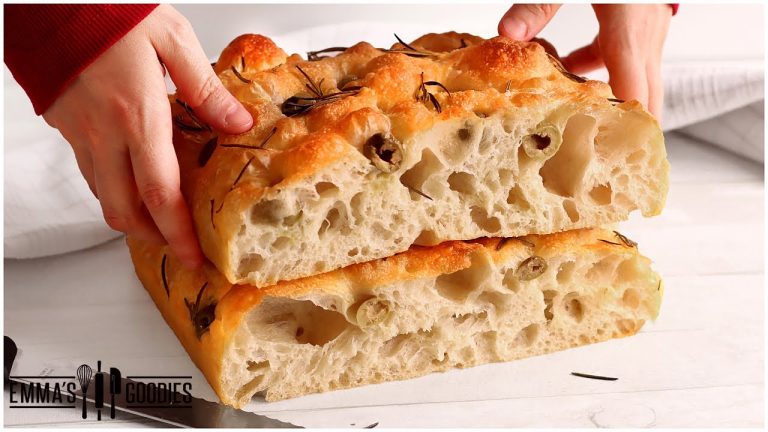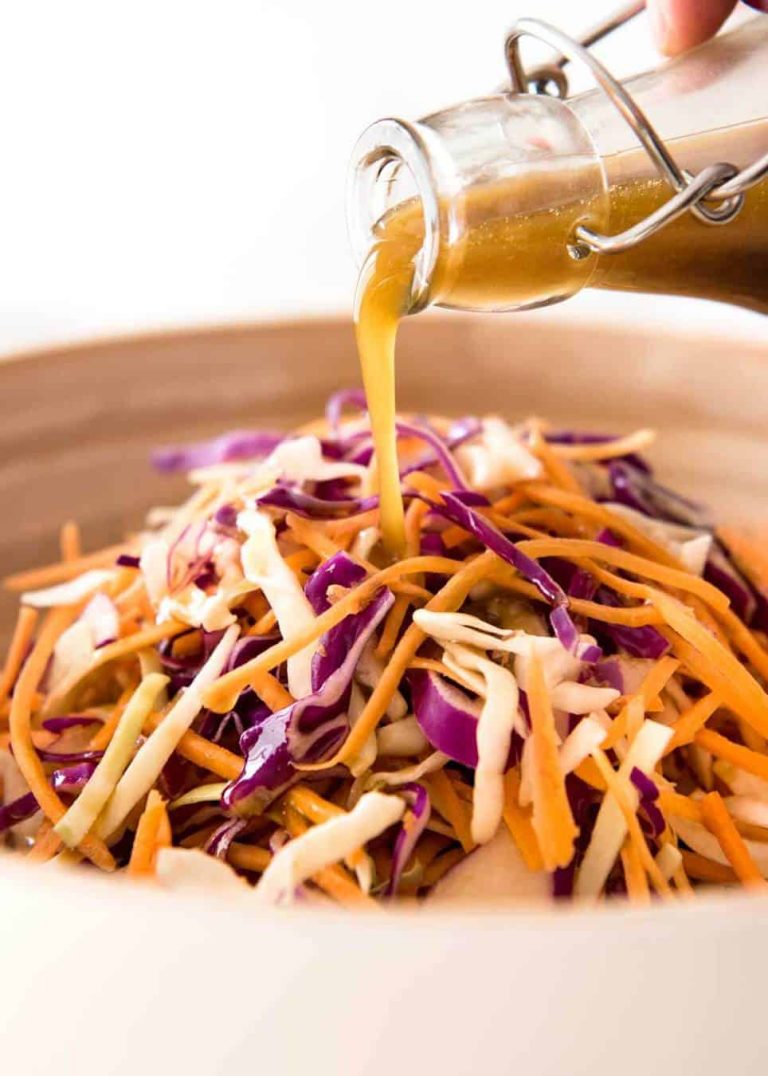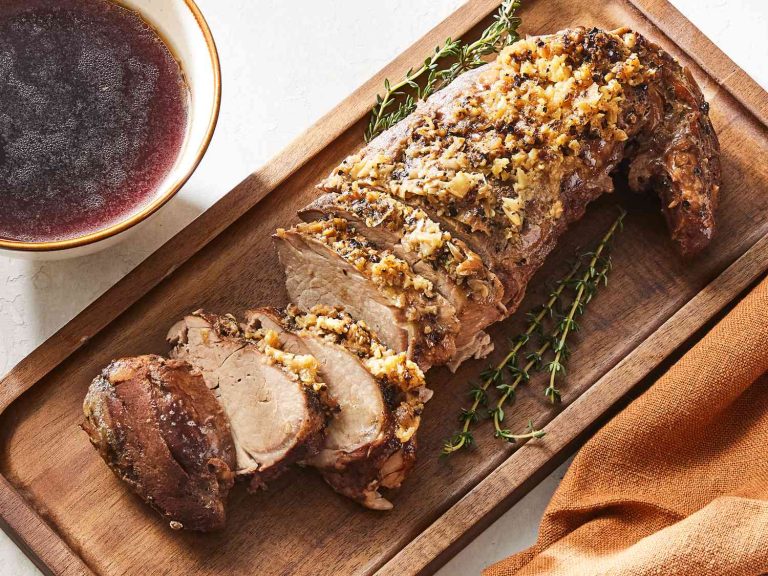Steak Sauce: History, Recipes, and Pairing Tips
Steak sauce has roots going back to the 19th century when culinary artisans experimented with various condiments to enhance meat. The original formulations often contained ingredients like tomatoes, spices, and vinegar, which provided a tangy complement to roasted or grilled meats. Over time, these sauces evolved, incorporating regional flavors and ingredients, creating a rich and diverse flavor profile that varied by country and culture. By the early 20th century, commercial production of steak sauces started gaining traction, making it easier for consumers to enjoy these flavors without making them from scratch.
Popular Brands Through the Decades
Popular steak sauce brands have come and gone, but a few have stood the test of time. A1 Steak Sauce, introduced in 1831, remains a household name, known for its bold combination of tomatoes, vinegar, spices, and raisin paste. Heinz 57, another iconic brand, came onto the scene in 1911, offering a unique blend of spices and tomatoes. Later, brands like Lea & Perrins, famous for its Worcestershire sauce, expanded their product range to include steak sauces that brought new dimensions to the market. More recently, the rise of gourmet and artisanal brands has offered consumers more specialized options, reflecting modern tastes and the growing demand for high-quality, unique flavors.
Types of Steak Sauce
Classic vs. Innovative Flavors
Classic steak sauces include A1 and Heinz 57. Both have rich histories, with A1 originating in the 19th century and Heinz 57 debuting in the early 20th century. Their formulas typically combine tomatoes, vinegar, and spices, offering a tangy and sweet profile.
Innovative steak sauces have emerged to cater to evolving tastes. These include sauces with ingredients like bourbon, chipotle, and exotic fruits. For example, bourbon steak sauce blends whiskey with brown sugar and spices for a smoky, sweet finish, while chipotle steak sauce infuses a hint of spice and smokiness, appealing to those who enjoy a bolder flavor.
Regional Varieties
Regional steak sauces reflect local preferences and ingredients. In the United States, Kansas City-style steak sauce is thick and sweet, often incorporating molasses and tomatoes. In contrast, Texas steak sauce tends to be spicier and smokier, often featuring ingredients like chili peppers and smoke flavoring.
Internationally, Argentine chimichurri, made with parsley, garlic, vinegar, and red pepper flakes, offers a fresh, herbaceous companion to grilled steak. Japanese steak sauce, also known as yakiniku sauce, combines soy sauce, mirin, and sesame, providing a savory and slightly sweet flavor profile.
These regional varieties showcase the diversity in steak sauces, reflecting both classic and innovative flavors while meeting local palates and culinary traditions.
How to Choose the Right Steak Sauce
Matching Sauce to Steak Cuts
Match your sauce to complement the cut of steak. For instance, use robust sauces like steakhouse or peppercorn for hearty cuts like ribeye or porterhouse. These thick cuts have rich marbling, enhancing the overall flavor.
Choose lighter sauces, such as chimichurri or herb-based options, for leaner cuts like filet mignon or sirloin. These cuts have less fat, so a flavorful but light sauce can enhance their natural taste without overpowering it.
Considering Spices and Flavor Profiles
Consider the spice level and flavor profile when picking a steak sauce. Opt for bold, smoky sauces if you like a strong flavor. Varieties with chipotle or bourbon perfectly fit this preference.
If you prefer a tangy taste, go for sauces with vinegar or citrus notes. These can include varieties like A1 or Japanese yakiniku. For those who enjoy mild flavors, a classic mushroom or garlic steak sauce offers a gentler taste. Choose from a variety of flavors, ensuring the sauce blends well with your steak and aligns with your taste preferences.
Top Steak Sauce Brands
Review of Established Brands
Established steak sauce brands have built a solid reputation for quality and flavor over the years.
- A1 Steak Sauce: A1 has been a staple since the 19th century. Made with tomato puree, raisin paste, and vinegar, it’s known for its tangy flavor.
- Heinz 57: This brand combines tomato, vinegar, and spices to create a unique, zesty taste. It’s revered for its versatility on various cuts.
- Lea & Perrins Worcestershire Sauce: Originating in England, this sauce uses vinegar, molasses, and anchovies. It’s a classic choice with a rich history.
- Peter Luger Steak Sauce: Exclusive to the Peter Luger Steakhouse, this sauce features tomatoes, onions, and horseradish for a robust flavor.
- HP Brown Sauce: Famous in the UK, HP Sauce includes malt vinegar, tomatoes, and tamarind extract. It’s a noteworthy addition to steak.
Emerging Brands to Watch
New brands are capturing attention through innovative flavors and high-quality ingredients.
- St. Elmo Steak Sauce: Known for its signature blend of tomatoes, Worcestershire sauce, and spices, St. Elmo delivers a bold taste.
- Dale’s Steak Seasoning: This marinade-style steak sauce from Alabama uses soy sauce, onion, and garlic, creating a savory profile.
- The Original Australian Gourmet Sauce: Focusing on premium ingredients, this sauce integrates plum, tamarind, and fish sauce for a distinctive taste.
- Traeger ‘Que BBQ Sauce: Traeger’s barbecue expertise shines in this steak sauce, featuring molasses, brown sugar, and jalapeno.
- Primal Kitchen Steak Sauce: For those seeking healthier options, Primal Kitchen offers a sauce free from gluten, soy, and dairy, using organic spices and dates.
Considering these brands ensures your steak experience remains exceptional, whether you prefer classic flavors or seek new taste adventures.
How to Make Homemade Steak Sauce
Ingredients Needed
Gather ingredients before starting your homemade steak sauce:
- 1/2 cup ketchup
- 1/4 cup Worcestershire sauce
- 1/4 cup apple cider vinegar
- 2 tablespoons soy sauce
- 2 tablespoons Dijon mustard
- 2 tablespoons molasses
- 1 tablespoon hot sauce
- 1 tablespoon lemon juice
- 1 tablespoon brown sugar
- 1 teaspoon garlic powder
- 1 teaspoon onion powder
- 1/2 teaspoon ground black pepper
- Combine Ingredients: Mix ketchup, Worcestershire sauce, and apple cider vinegar in a medium bowl. Stir until the mixture is smooth.
- Add Soy Sauce: Slowly incorporate soy sauce and Dijon mustard, ensuring an even blend.
- Incorporate Molasses: Add molasses, then stir until it fully dissolves into the mixture.
- Heat Mixture: Pour the mixture into a medium saucepan over medium heat. Stir continuously.
- Add Seasonings: Include hot sauce, lemon juice, and brown sugar to the pan. Stir until the sugar dissolves.
- Mix Dry Spices: Blend garlic powder, onion powder, and ground black pepper into the saucepan. Continue stirring.
- Simmer Sauce: Reduce heat to low and let the sauce simmer for around 20 minutes, stirring occasionally to prevent sticking.
- Cool and Store: Once thickened to desired consistency, remove from heat. Cool it, then store in an airtight container.
Enjoy your homemade steak sauce with your favorite cut of steak for an enhanced flavor experience.
Conclusion
Choosing the right steak sauce can elevate your dining experience to new heights. Whether you prefer the classic flavors of A1 and Heinz 57 or you’re excited to experiment with homemade recipes, there’s a perfect sauce for every steak lover. By understanding the nuances of each sauce and how they complement different cuts, you can make each meal extraordinary. So go ahead and explore your options, mix up your own batch, and savor the delightful symphony of flavors that a good steak sauce brings to your table.






